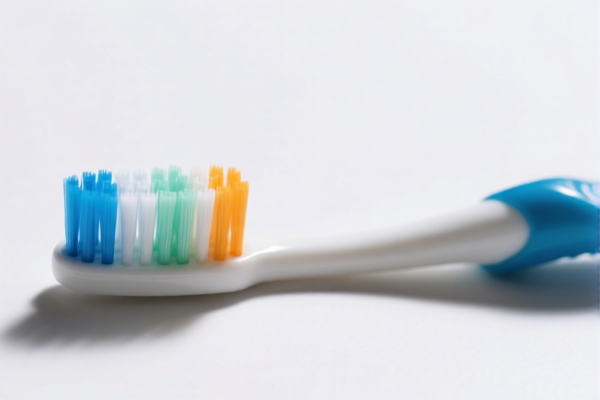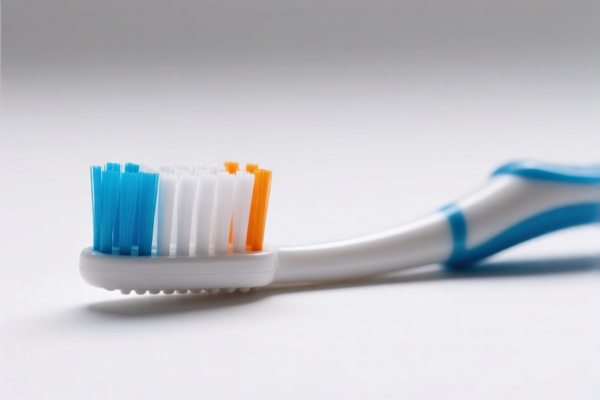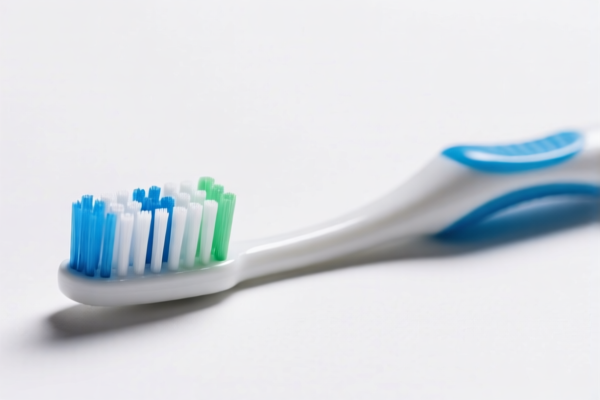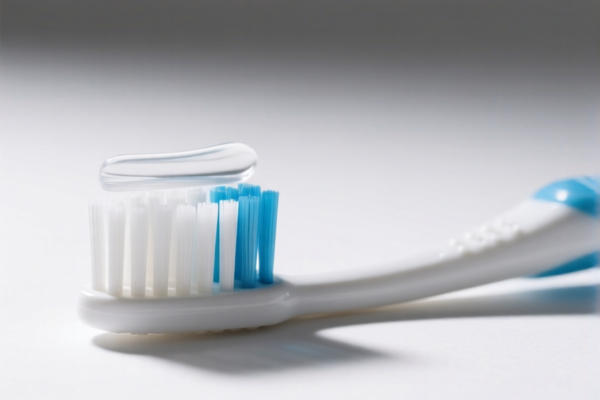| HS Code | Official Doc | Tariff Rate | Origin | Destination | Effective Date |
|---|---|---|---|---|---|
| 9615904000 | Doc | 35.3% | CN | US | 2025-05-12 |
| 9603210000 | Doc | 37.5% | CN | US | 2025-05-12 |
| 9603908050 | Doc | 65.3% | CN | US | 2025-05-12 |
| 3924104000 | Doc | 33.4% | CN | US | 2025-05-12 |
| 3924905650 | Doc | 40.9% | CN | US | 2025-05-12 |
| 3926901600 | Doc | 40.6% | CN | US | 2025-05-12 |
| 3926909910 | Doc | 42.8% | CN | US | 2025-05-12 |
| 3306100000 | Doc | 30.0% | CN | US | 2025-05-12 |
| 3306900000 | Doc | 55.0% | CN | US | 2025-05-12 |
| 3307900000 | Doc | 60.4% | CN | US | 2025-05-12 |
| 4823908000 | Doc | 55.0% | CN | US | 2025-05-12 |
| 4823901000 | Doc | 55.0% | CN | US | 2025-05-12 |
| 4818900080 | Doc | 37.5% | CN | US | 2025-05-12 |




Dog Toothbrush
A dog toothbrush is a specialized oral hygiene tool designed for cleaning the teeth of canines. Unlike human toothbrushes, dog toothbrushes are engineered with features to accommodate a dog's unique mouth shape, teeth structure, and chewing habits.
Material
Dog toothbrushes are commonly made from:
- Nylon Bristles: These are the most frequent bristle material, offering varying degrees of softness and stiffness to suit different dog breeds and sensitivities.
- Plastic Handles: Typically made from polypropylene or similar durable plastics. Handles often feature ergonomic designs for comfortable grip.
- Rubber: Some toothbrushes incorporate rubber elements for massaging gums or providing a secure grip for the dog.
Purpose
The primary purpose of a dog toothbrush is to:
- Remove Plaque and Tartar: Preventing the buildup of these substances is crucial for preventing periodontal disease, a common health issue in dogs.
- Prevent Bad Breath (Halitosis): Regular brushing helps eliminate bacteria that cause unpleasant odors.
- Maintain Overall Health: Oral health is linked to systemic health; good dental hygiene can protect against heart, liver, and kidney problems.
Function
Dog toothbrushes function by:
- Mechanical Action: Bristles physically remove food particles and plaque from tooth surfaces.
- Gum Stimulation: Brushing action promotes blood flow to the gums, contributing to their health.
- Distribution of Dental Products: Toothbrushes are used to apply dog-specific toothpaste, which contains enzymes and ingredients that further combat plaque and tartar.
Usage Scenarios
- Daily/Regular Cleaning: Ideally, dogs should have their teeth brushed daily. However, several times a week is a good starting point.
- Preventative Care: Used proactively to prevent dental problems from developing.
- Treatment Support: Used in conjunction with veterinary dental treatments to maintain oral health after procedures like scaling and polishing.
- Puppy Introduction: Introducing puppies to brushing early on helps them become accustomed to the process.
Common Types
- Angled Head Toothbrushes: Designed to reach difficult-to-access areas in the mouth, particularly the back teeth.
- Double-Headed Toothbrushes: Feature brush heads on both ends, allowing for more efficient cleaning.
- Finger Brushes: Small, rubber brushes that fit over a finger, providing direct control and a gentle brushing experience. Often used for puppies or dogs sensitive to traditional brushes.
- Electric Toothbrushes (Dog-Specific): Offer automated brushing action and can be helpful for dogs who resist manual brushing.
- Chewable Toothbrushes: Designed with textured surfaces to help clean teeth while the dog chews. These are not a substitute for regular brushing but can be a supplemental aid.
Dog toothbrushes fall under the category of toothbrushes, which are detailed within the provided commodity descriptions. Here's a breakdown of relevant HS codes:
- 9603210000: This HS code covers “Toothbrushes, shaving brushes, hair brushes, nail brushes, eyelash brushes and other toilet brushes for use on the person, including such brushes constituting parts of appliances: Toothbrushes, including dental-plate brushes”. This is the most directly applicable code, as it specifically includes toothbrushes. Chapter 96 relates to miscellaneous manufactured articles, Heading 03 specifically covers brushes.
- 9603908050: This HS code covers “Brooms, brushes (including brushes constituting parts of machines, appliances or vehicles), hand-operated mechanical floor sweepers, not motorized, mops and feather dusters; prepared knots and tufts for broom or brush making; paint pads and rollers; squeegees (other than roller squeegees): Other: Other”. While broader, it encompasses brushes generally. Chapter 96 relates to miscellaneous manufactured articles, Heading 90 covers other brushes.
Tax Rate Details:
- 9603210000: Has a base tariff of 0.0%, an additional tariff of 7.5%, and a tariff of 30.0% after April 2, 2025, resulting in a total tariff of 37.5%.
- 9603908050: Has a base tariff of 2.8%, an additional tariff of 7.5%, and a tariff of 30.0% after April 2, 2025. Additionally, products made of steel or aluminum have an additional tariff of 25%, resulting in a total tariff of 65.3%.
Important Considerations:
Regarding HS code 9603908050, please note that if the dog toothbrush contains steel or aluminum components, an additional 25% tariff will apply, increasing the total tariff to 65.3%. It is important to verify the material composition of the toothbrush to determine the correct tariff rate.
Customer Reviews
No reviews yet.